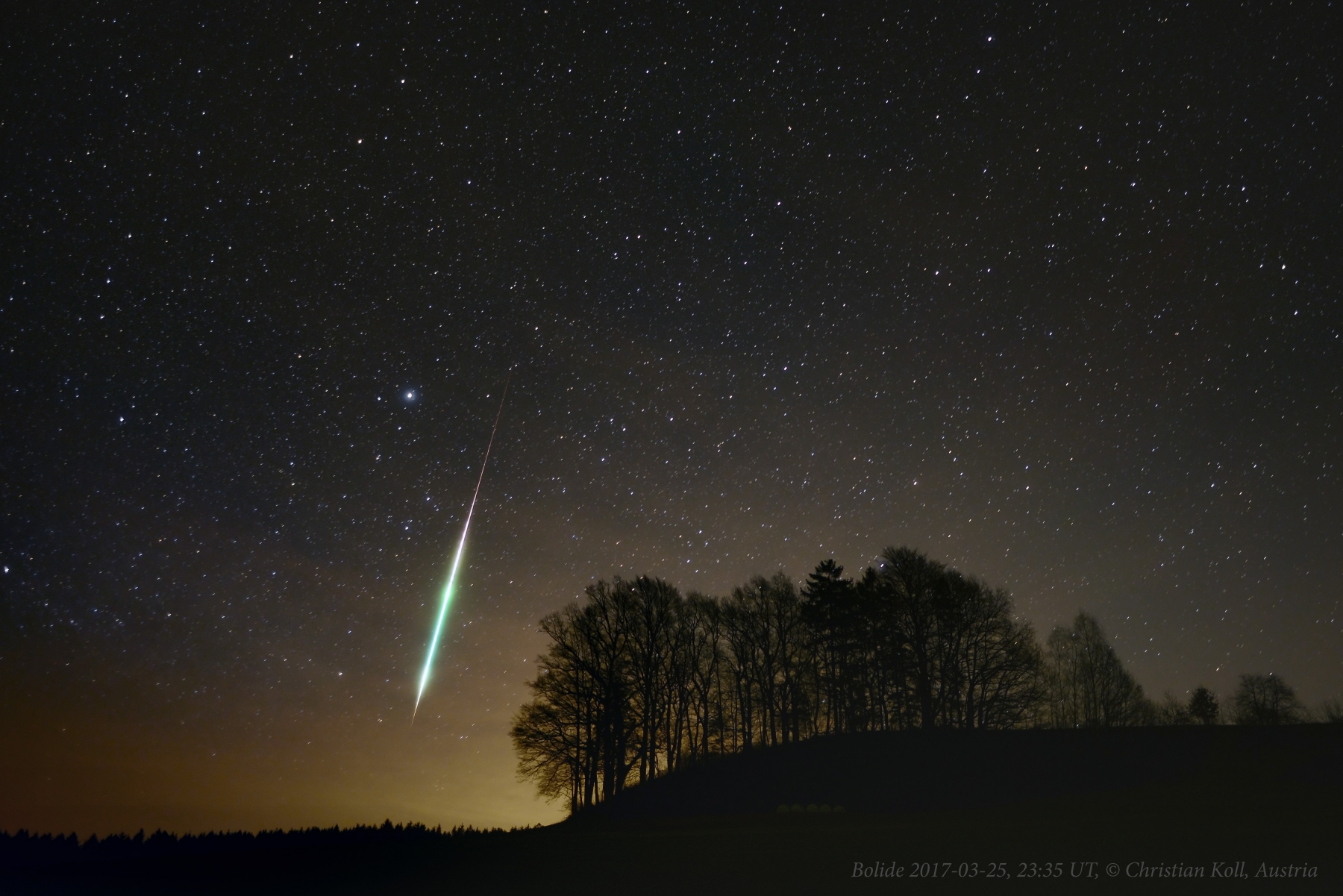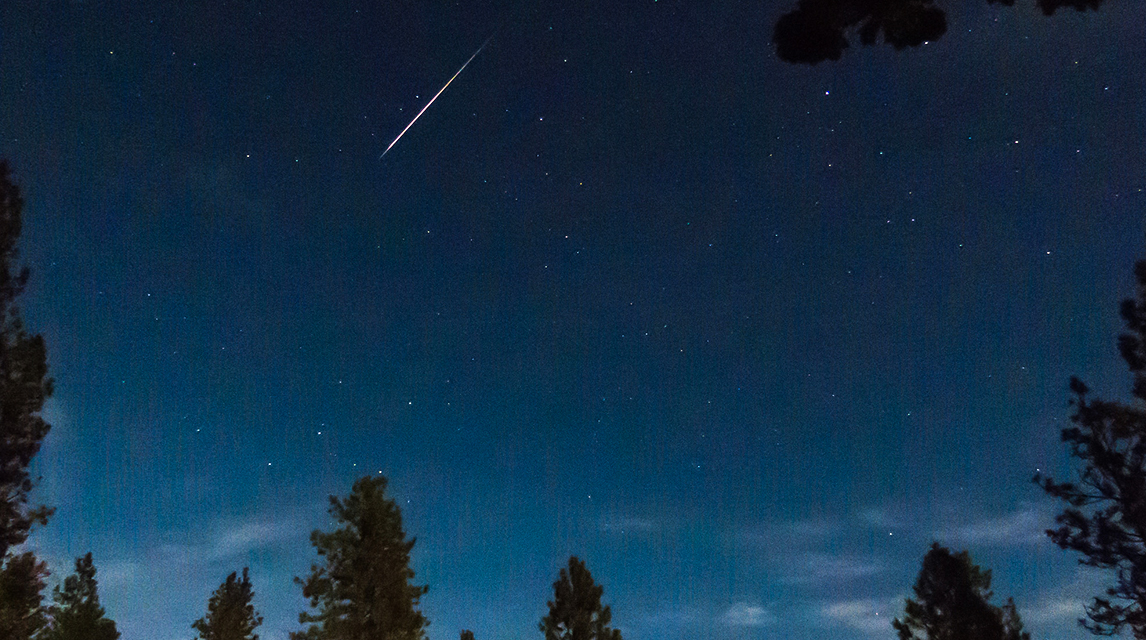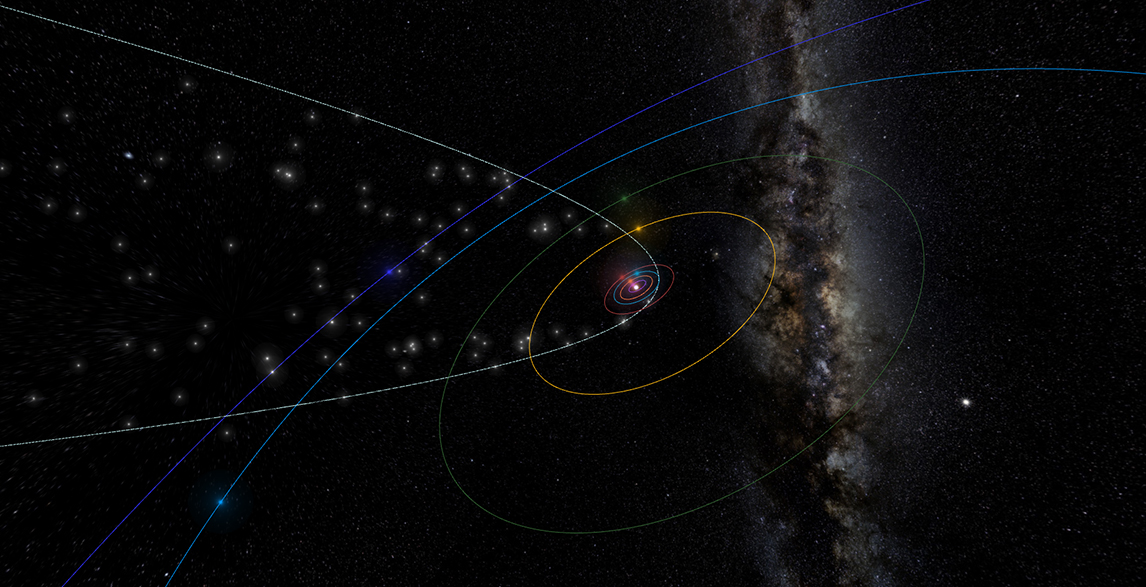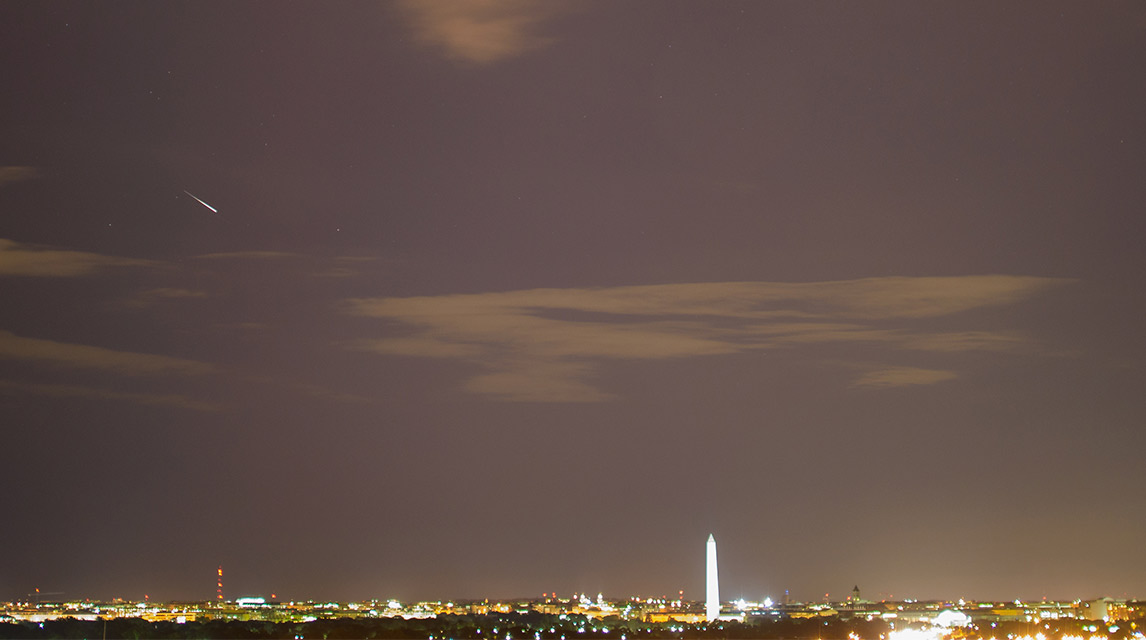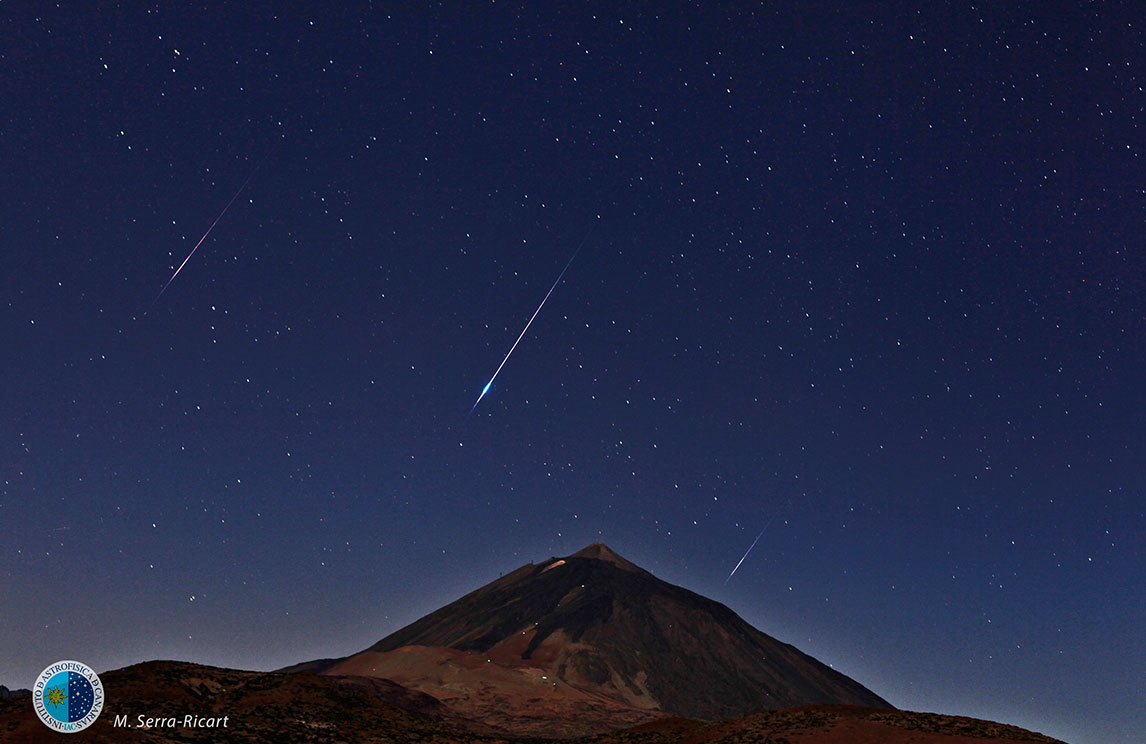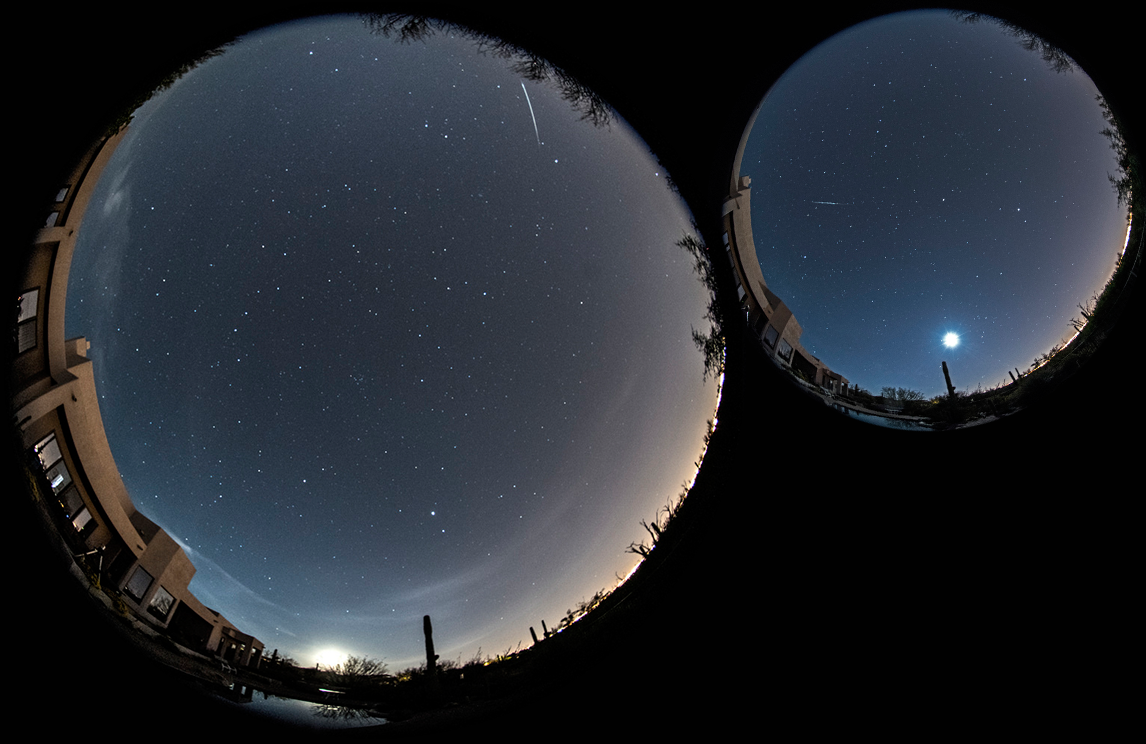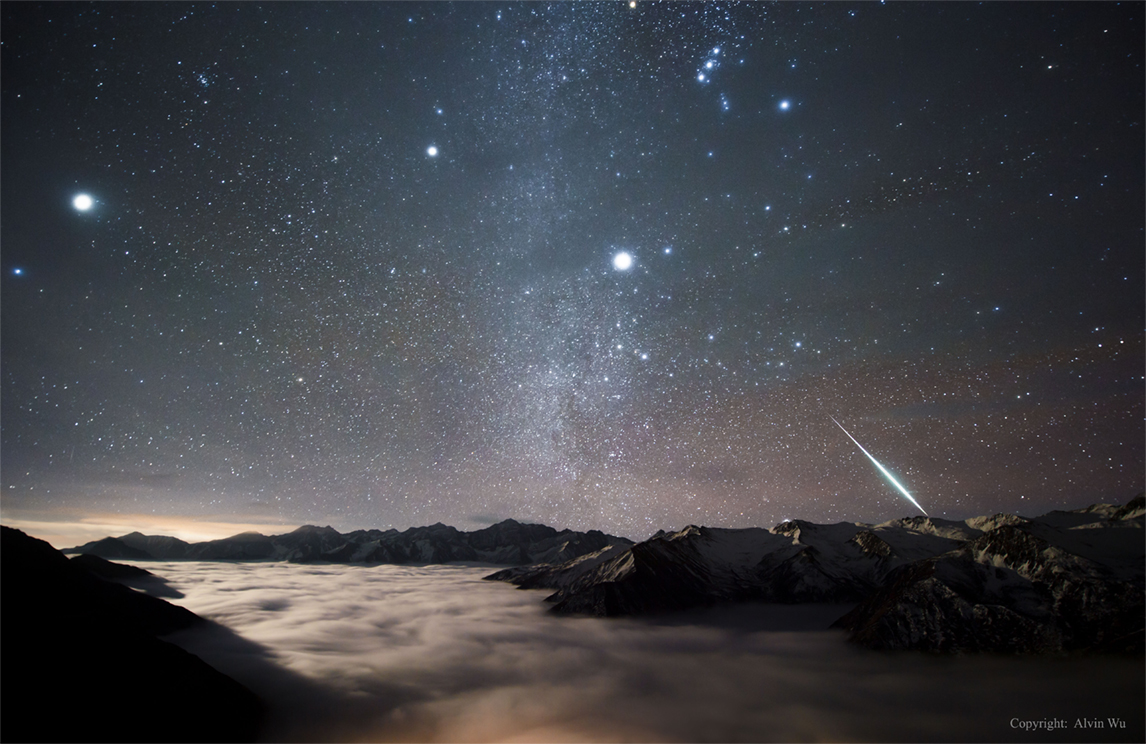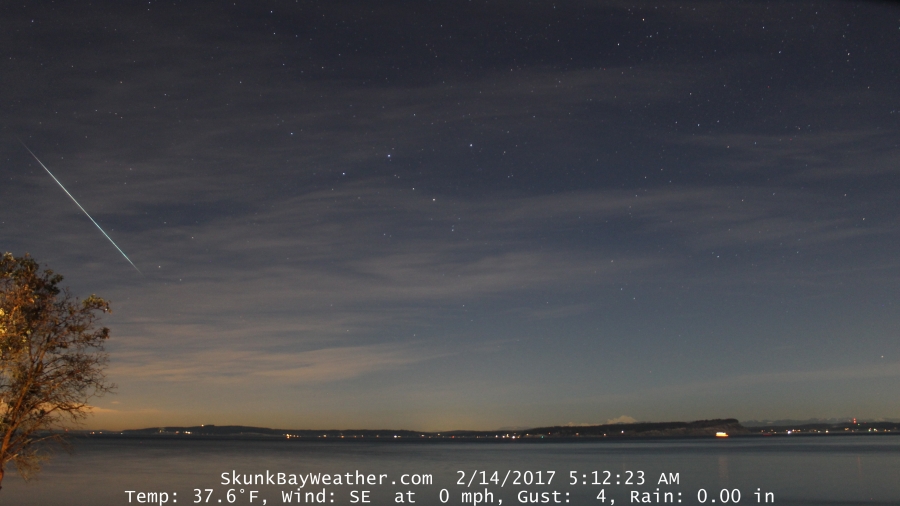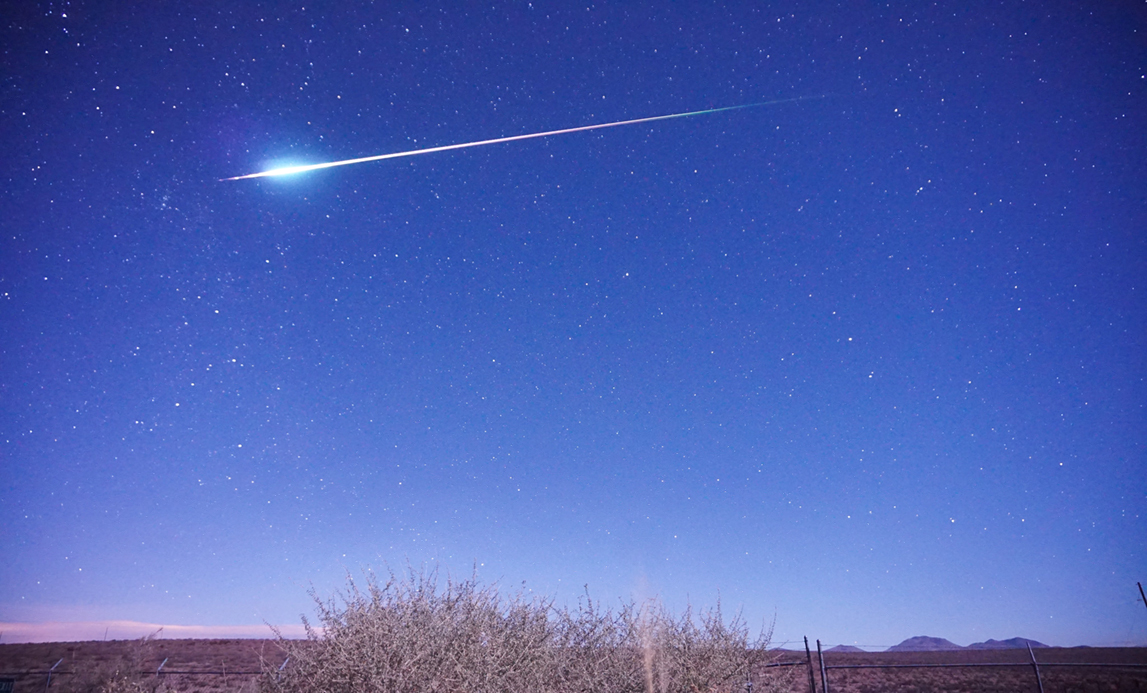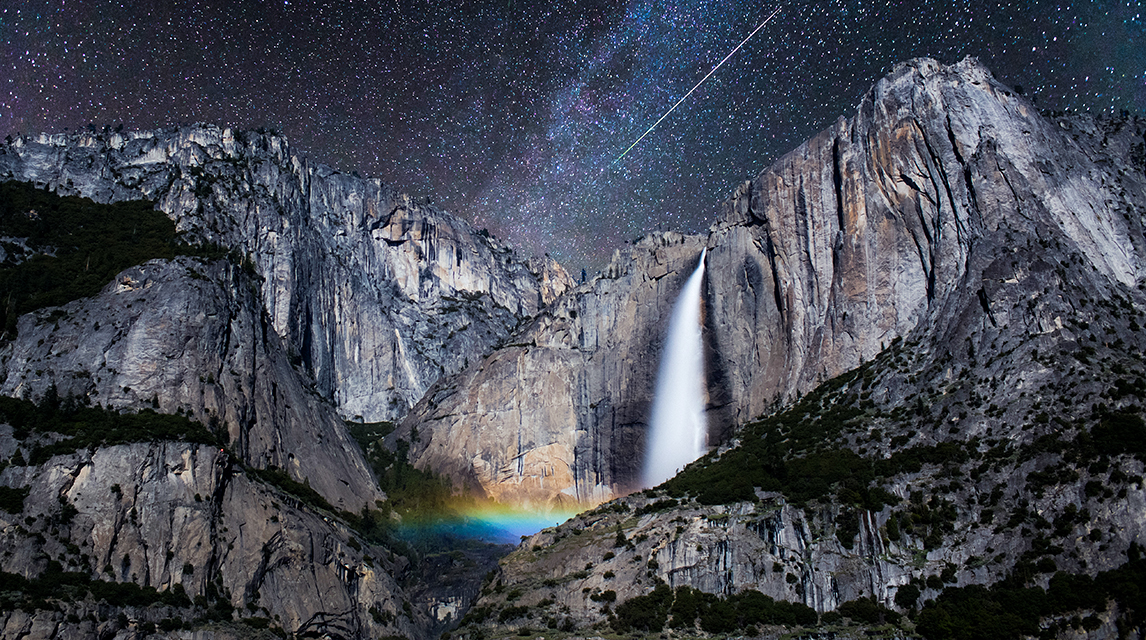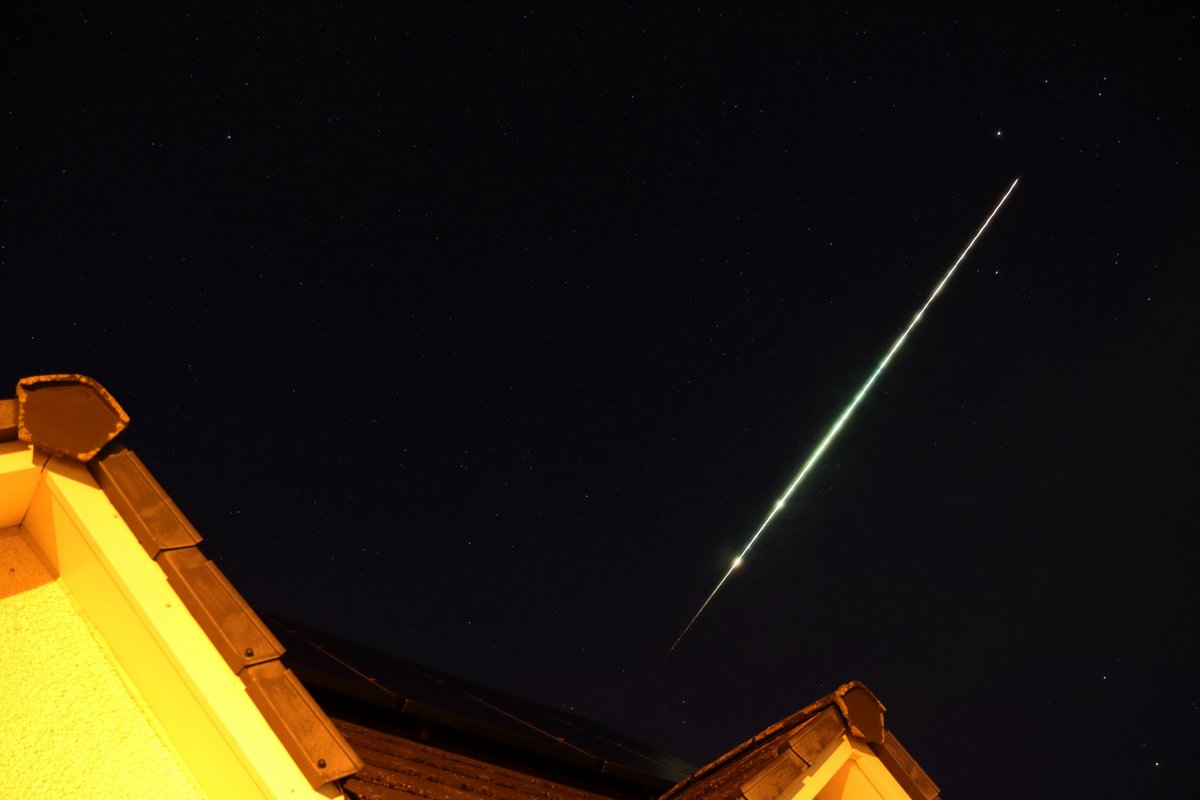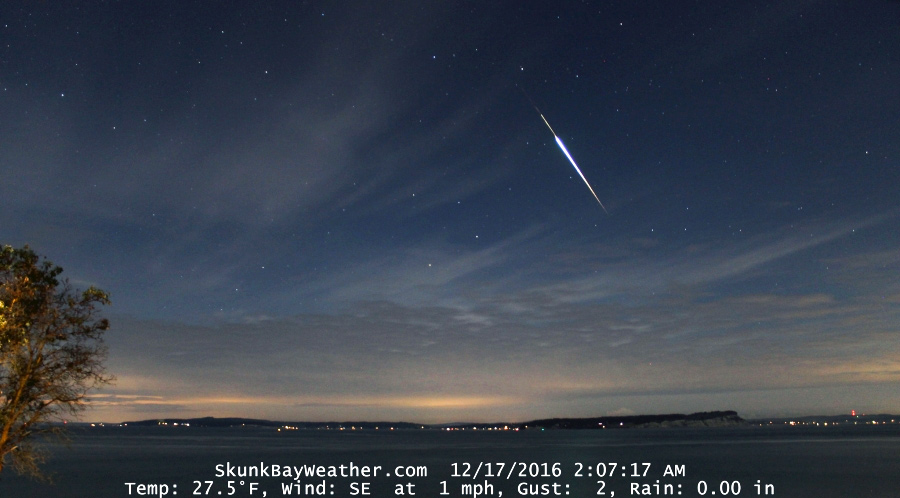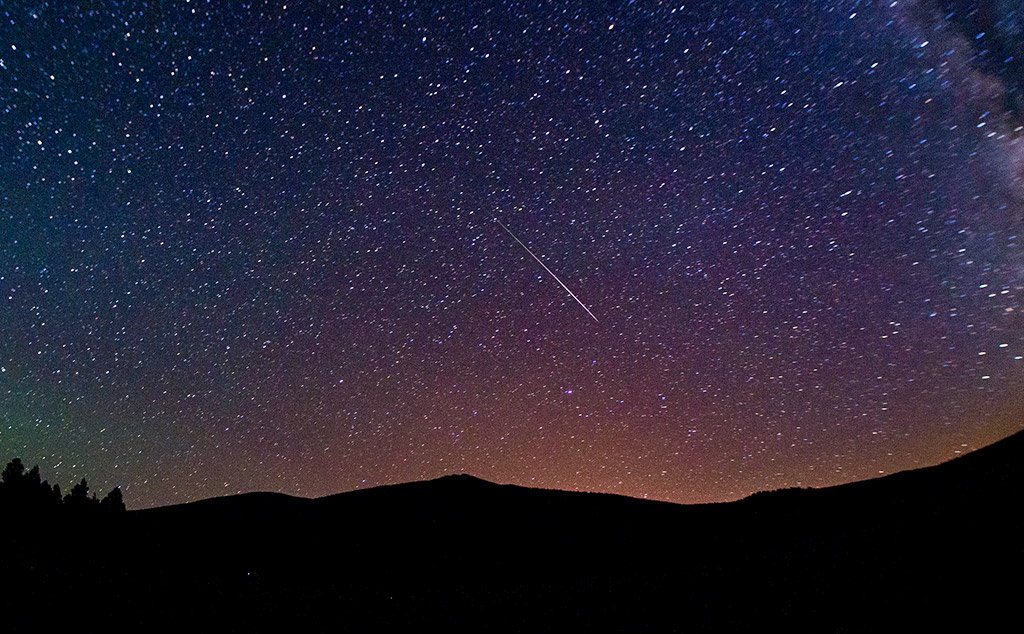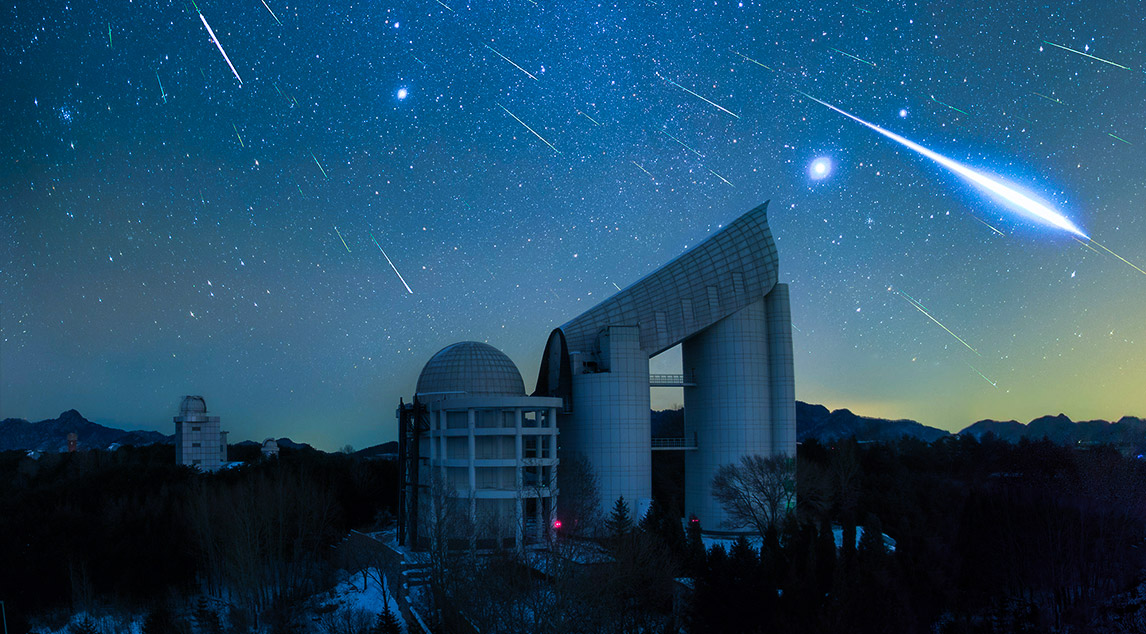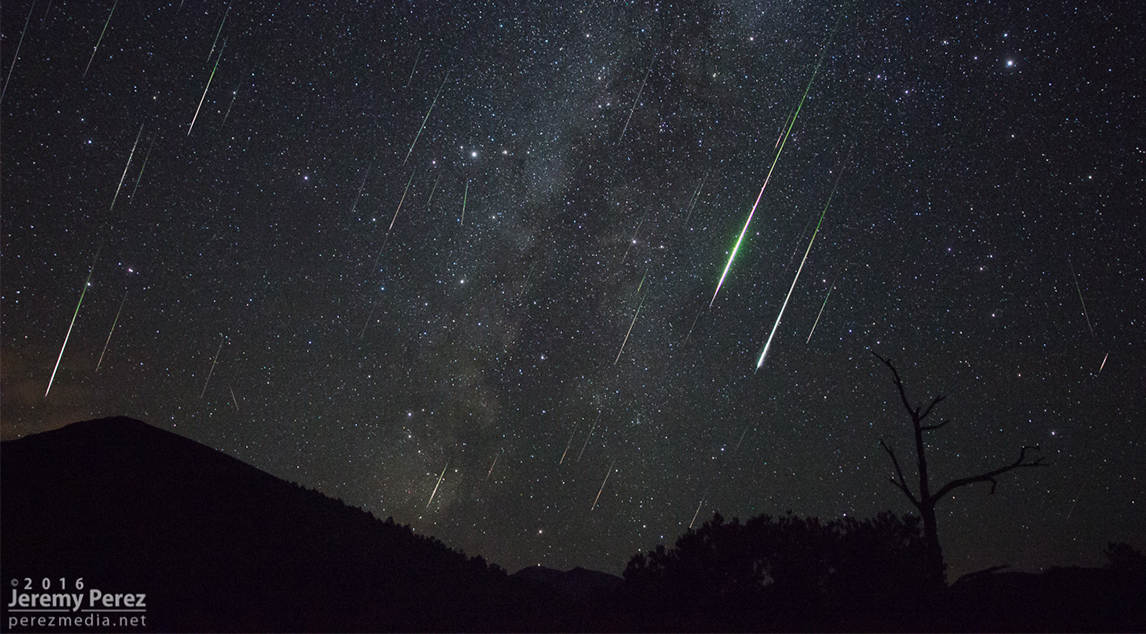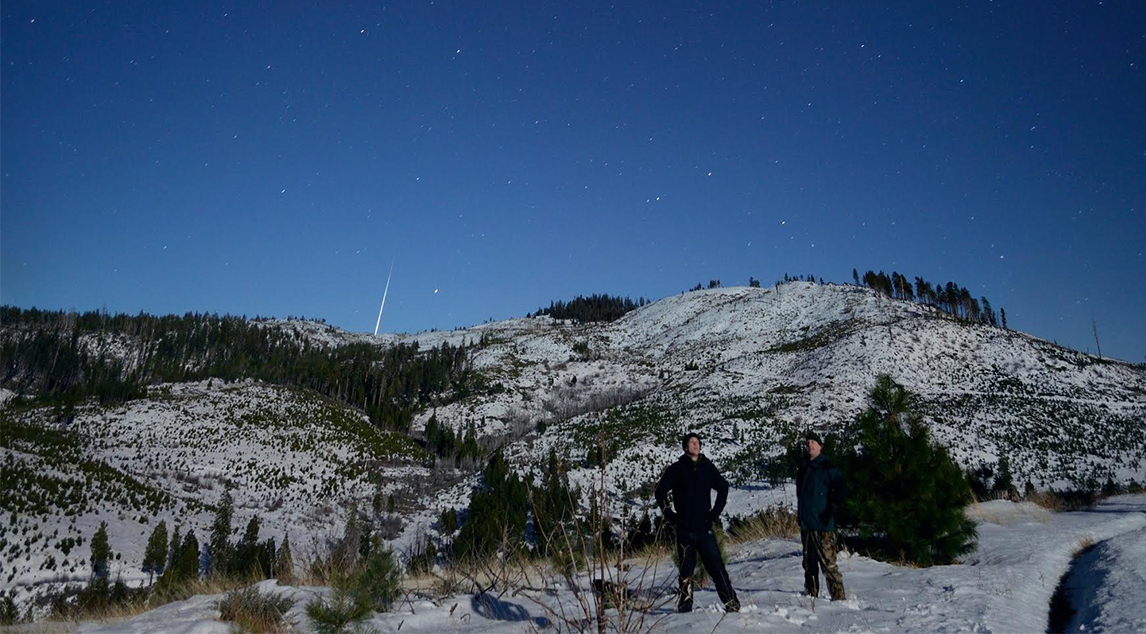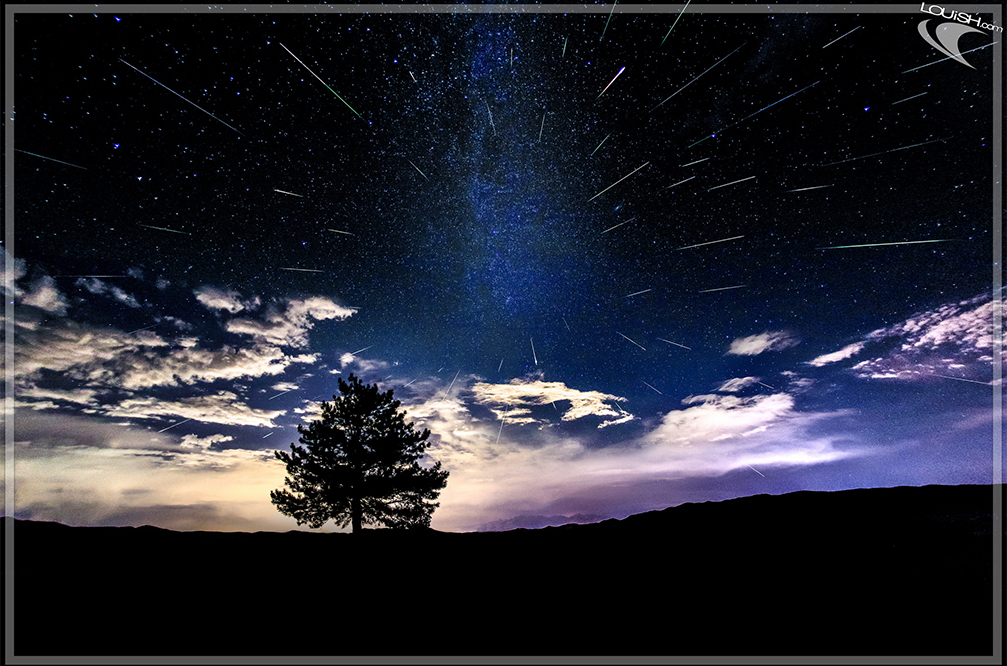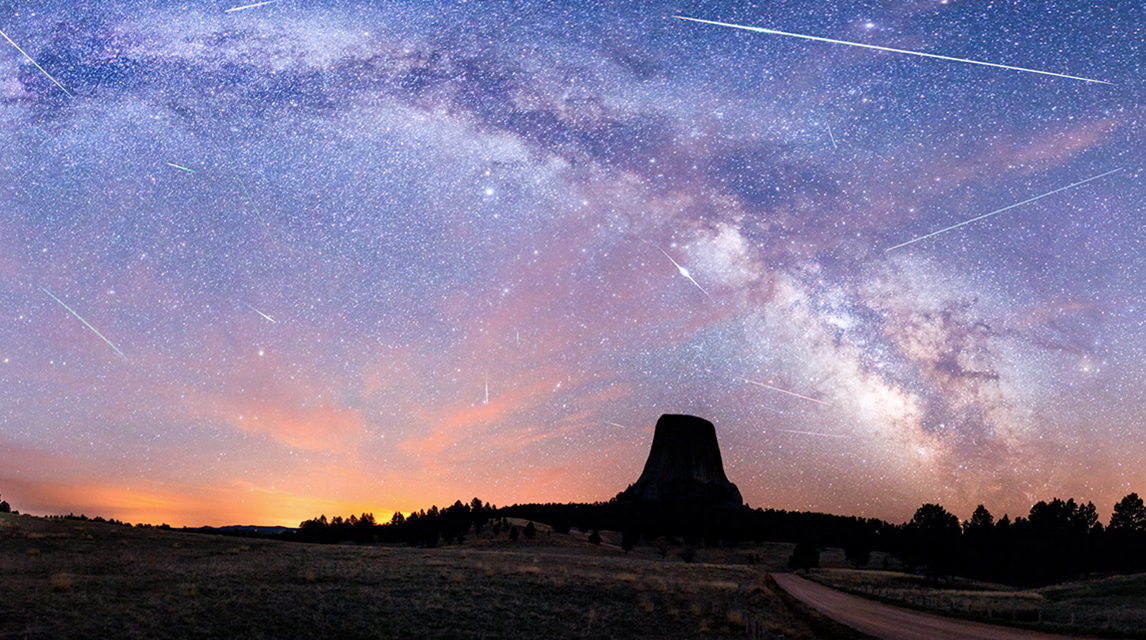
Meteor Activity Outlook for April 29-May 05, 2017
During this period the moon reaches its first quarter phase on Tuesday May 2nd. At this time the half illuminated moon is located 90 degrees east of the sun and sets near 0200 local daylight saving time (LDST) as seen from mid-northern latitudes. This weekend the waxing crescent moon will interfere with meteor observations during the evening hours but will have set by the time midnight arrives. This will allow good meteor viewing conditions for the remainder of the night.
 American Meteor Society
American Meteor Society
